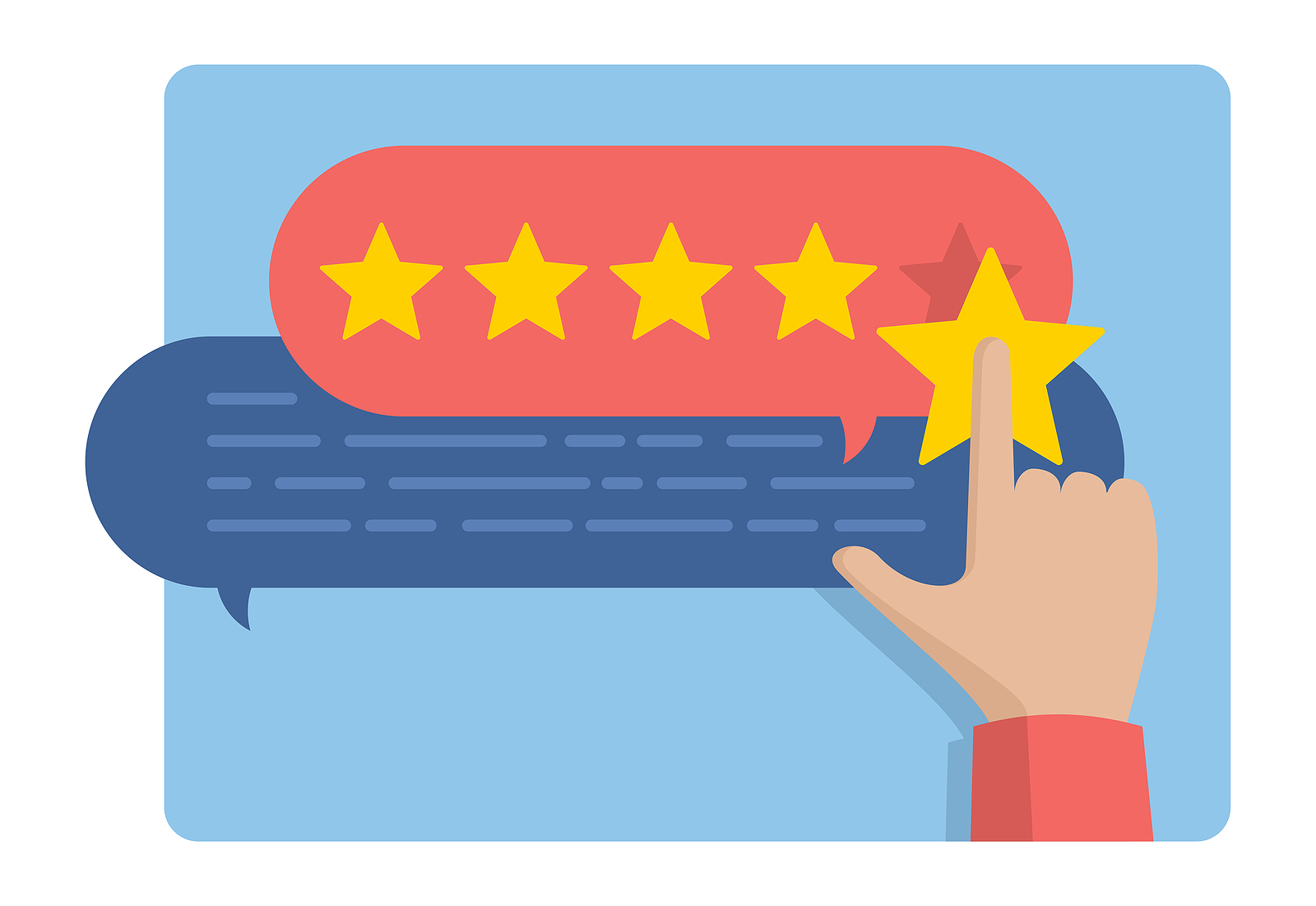How to keep your business social media pages separate
Some clients are nervous about using social media for business use
There are a number of reasons for this.
- Some worry that they’ll be publishing more information about themselves online. Not just lunch or holiday snaps but actual business dealings.
- There are well-founded privacy fears.
- There’s also the fear that the information might be searchable ‘forever’. The worry that a foolish comment on Facebook will come back to haunt them again and again.
While there are elements of truth in these fears, most fear in life comes from the unknown or a lack of understanding.
Most of us are now aware of the fact that we can adjust the security settings on our social media accounts. Most of us realise that employers search for the social media accounts of potential employees online. Most of us know that if we want something to be kept private, we don’t post it online in the first place.
The thing is, everyone and his dog is now on social media for greater lengths of time. We can’t ignore it for our outreach and marketing efforts.
With our business-related social media accounts, we can also allow greater or lesser exposure to ourselves as individuals. A quality online resource is no less valuable whether an authors name is published or not. Authors have used ‘pen names’ for hundreds of years. Actors and singers also change their names to something that they think is more appealing.
At the other end of the scale, many online ‘personalities’ publish everything about themselves.
It isn’t just an online phenomenon. I’m half expecting a new TV reality series called ‘I’m a celebrity, and I’m on the toilet’.
Many online businesses have the owners name as the name of the website and the company. Some people ‘are’ the business. These people get so attached, they often find that they can’t find an exit. No buyer is willing to take the chance that the tribe will follow a new business leader.
Most of us are happy to be somewhere in between.
We want to create a brand, but at the same time, we want our customers to feel like they’re talking to a real person. This personal touch is how a reader can feel connected.
So, we put the brand front and centre, but make it easy for an interested customer to know with whom they are dealing.
“OK, I get the idea, how do I go about creating a company social media presence?”
As far as what user names and emails to use for each account, there’s a short answer and a longer one.
The short answer is that is doesn’t matter from a tactical point of view. The longer answer involves an explanation and some recommendations.
When someone visits a social media page, they’re on that platform out of preference, and they’re going to like/favourite/re-tweet/comment/direct message etc. on that platform. They’ll rarely hunt down an email address, go to their email account and write you an email. The primary purpose of the connected social media email address is to log in and receive notifications.
Because of this, there’s no need to create any new email addresses at all. You ought to have domain-based email addresses for your business, which are separate to your ones. I expect that you are already doing this. You have a [email protected] and a [email protected], right?
So, to stop any accidental miss-posting where you post a private post to your business, or vice-versa, you set up a social media management platform for business use. We use and recommend Hootsuite, ou connect your company pages to Hootsuite with your company based domain email address, ([email protected]), and your company user name (Robert Widget).
But I’m too busy to manage new social media accounts!

Then, every day during work hours, you set aside a 30-minute block, which is social media development time. You log onto Hootsuite and access all of your company social media accounts. Then you like, tweet, comment and share as much as possible for that 30 minutes. Then you log off.
Two 30 minute sessions will get better results. Avoid spending too much time on social media, though; it’s a slippery slope. (Unless you see a direct financial payoff).
The rest of the time, you might check your personal Facebook that’s connected to your smartphone through an app. You might see tweets that come up on your desktop or laptop that’s logged on to your private account.
More about the mechanics of the social media management platform:
As soon as each social media account has a login, it will get added to the Hootsuite platform. There, any of your authorised colleagues can see notifications and make posts or updates. Remember that you won’t be reading and responding to emails from people who found you through social media very often. Right Inbox’s email reminder feature ensures you never lose track of these emails with automatic reminders.
Facebook and LinkedIn have social media pages that can get connected to your main accounts. Extra managers can get added or removed. Your companies Twitter page can be created separately. So, if you want multiple staff members posting, you need that management platform.
You could use any email address to set up your new company social accounts. We advise that you use company domain-based emails for all new company social media accounts. So if occasionally someone does decide to email, the company email address matches up.
You ought to use your first name (Robert@) to keep the personal touch if someone does decide to search for your email address. You could also use admin@, sales@ or info@ because it doesn’t matter, the email addresses are just for set up, notifications, and account security (to change passwords, etc.).
As far as keeping your private account separate, this is easy. The social media management platform is the best way to go about this. But it is quite easy to keep things separate anyway.
For example, with Facebook, if you’re a manager of the page, Facebook will ask you whether you want to post as Bob or Robert Widget. You can decide which profile. With Twitter, you can only get logged into one or the other.
But again, because you’ll probably be using the management platform, only your professional profiles will be connected. This segmentation will eliminate the potential situation where you accidentally post as yourself. Don’t provide your social media management platform with private profiles, and you can’t post to the management platform, simple.
(By the way, people don’t know who a pages managers are unless they post as themselves and make it clear that they are the admin. Also, there’s nothing wrong with posting with your private profile; it’s just that this article is for those who don’t want to).

Any of you who are cat lovers and objected to the dog picture above? Here you go! A social media-loving cat. Or are we letting our private posts get mixed in? If its who we are, then it doesn’t hurt, does it?
What if our clients don’t want to communicate with us through social media, they might have the same fears as us?
As far as clients not wanting to mix their private life with business, it is up to them. If they don’t want to like or follow your company page, then they won’t. They’ll decide. Some people use their social media pages only for work, or only for family, only for friends. Some people even create new social media accounts to be an internet troll, or to cheat on their partners. Again it’s up to them.
You’re just offering the opportunity to communicate with you on the platform of their preference. That’s all.
The issue of having too many social media accounts to manage doesn’t matter. It’s because you’re adding all your social media accounts to your social media management platform. You’ll be able to re-use profile pictures and other graphics.
Caution: It can take a while to create an active social media account.
Remember MySpace? It was huge, and now no-one uses it. No-one knows the future, how would you feel if one day, you have a considerable following on Twitter or Facebook, but it’s inactive? Because ‘the herd’ has moved, and you have to start from scratch?
Balance is essential, though, pick four or five that are relevant to your business. For most companies, Linkedin, Facebook, and Twitter make sense. If your business is more visual (flower arranging, art & design, etc.), then Instagram and Pinterest might make more sense than Linkedin.
“It sounds like a lot of work, can’t I use Facebook only?
If you spend valuable time and effort, creating an article for your company, then you want to get the word out. Bear in mind that you’ve set up the social media platform with a single login. All you have to do is cut and paste the URL to your four social media accounts. You add a few sentences that might inspire thought or solicit questions.
Why would you miss out on the extra exposure from some of those accounts? Once the pages have been created and added to the platform, the posting is quick and easy.
Don’t I have to keep posting to get the benefit?
Because of the social media management platform, there’s only one log in to potentially four, or even ten social media accounts. If there are five in your company who you ask to make a post per day, across only four social media properties, this is 20 new posts every day. That’s a decent amount to build a following. This posting can be done with one social media dashboard, and with one login.
What can we post?
You want to post about your own company and its offers, but you can and need to share other peoples exciting updates and products. There are software tools to help you find related articles, and even schedule the posting of them a week or a month in advance.
Bear in mind that you’re probably already posting industry-related updates on Facebook or Linkedin. You will syndicate these same updates to more social media accounts each time. You’ll also get organised and get help if needed.
I’m still concerned about the privacy thing!
As far as keeping private and work social media accounts separate, ensure that business email addresses get used for business. Gmail/Hotmail/AOL type addresses get used for personal. You can go a step further and increase the security settings on your private accounts. So only family and friends can see them, and so that they don’t get shown in the search engines.
Finally, if you’re worried about complaints from unhappy customers, or internet trolls, remember that security settings can be changed so that every comment is approved. The page could become a closed group if there were too many incidents of abuse. Admins can delete or edit every comment or post anyway. Worst case scenario, you can close the page.
It might be that Facebook flops for your businesses. Twitter might be great. Who knows the future? Considering some huge companies got built on each social media platform, it’s worth a try for you. Some companies sole source of revenue comes from Facebook or Instagram. It depends on your industry and your companies business model. (Luck is involved too).
The world is changing, and people are spending more and more time on social media. They are even on it while watching TV, who would have thought that this would have occurred. At the same time, traditional advertising continues to be less cost-effective. You ought to at least try to go where peoples attention is going, or risk getting left behind.
We’re hoping that this lengthy article helps to provide a tipping point to your complete understanding of the concept of social media marketing.
Because we have Hootsuite, there’s separation from our private accounts, and minimal extra work to manage each new account. There won’t be a misguided best friend post of the picture of you cross-dressed for a birthday celebration on your work Facebook account. Likewise, your work colleagues will never be able to wind you up about your hand-painted porcelain egg collection that you polish every day.
As far as people following you, that’s their decision, and you don’t need to ram it down their throats. If they want to follow on Twitter, they can do. If they prefer LinkedIn, then that is fine. If they only use Facebook because they don’t have time for any other platforms then great. If they don’t like social media and want to Skype, email, telephone or write a letter, then that’s OK too. You want to have as many lines of communication open as possible for the good of your business.










